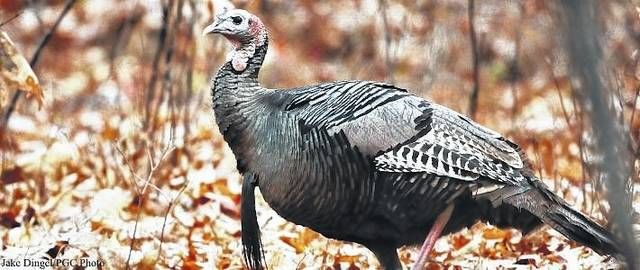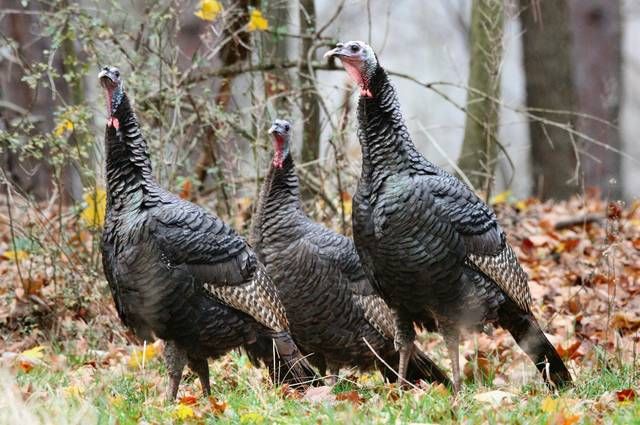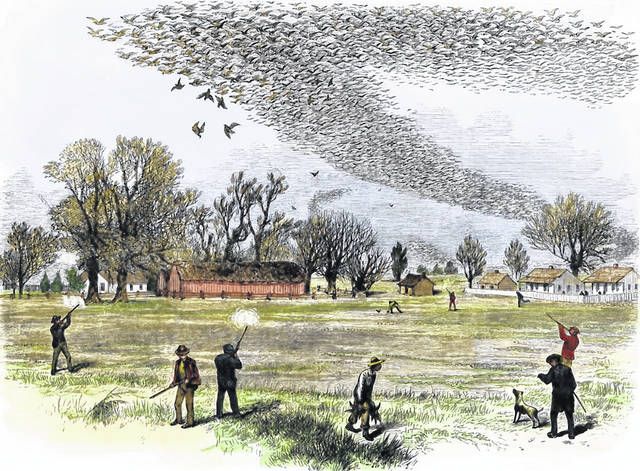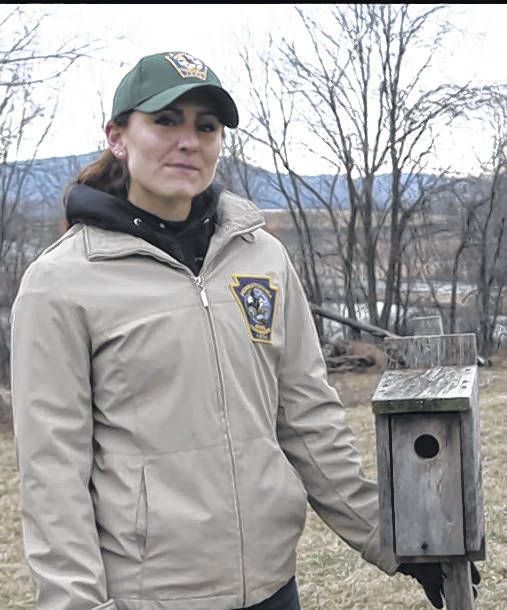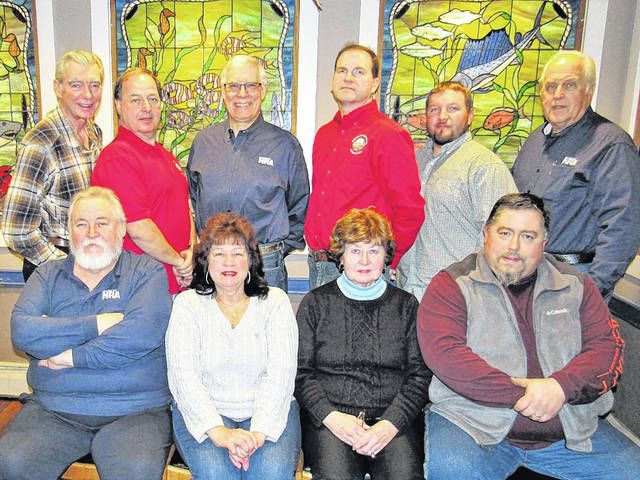Click here to subscribe today or Login.
Any chance of success for hunters during the upcoming fall turkey season is essentially predicated on the spring.
That’s when the nesting success of hens, followed by the survival of poults, determines how many turkeys will be in the fall woods for the Oct. 28 season opener. The better things are for nesting and poult survival in the spring, the better the hunting will be in the fall.
Still, the weather this spring wasn’t very conducive to turkey nesting and poult recruitment into the population, with prolonged periods of wet, cool weather creating an impact in some areas.
So how do things look for fall turkey hunters in the northeast?
Good and not so good.
According to Pennsylvania Game Commission wild turkey biologist Mary Jo Casalena, Wildlife Management Units 3C and 3D had below average poult recruitment, while 3B, 4C and 4E were above average.
The results are based on field surveys, and the figure that Casalena uses to gauge turkey populations for the fall is two poults per hen in the spring and summer. The statewide average for this year was 2.3 poults per hen, and WMUs 3B, 3C and 4E were all above that mark. In the northeast, WMU 3D had the lowest poult per hen ratio with 1.6, followed by 4C at 2.1.
“We had a wet spring in most areas so that impacted recruitment,” Casalena said. “We want to see at least two poults per hen, which should stabilize the population.”
How does a wet spring impact nesting hens and poults?
In a number of ways.
Wet weather makes it more difficult for hens to effectively brood their poults, and it also soaks those hens sitting on nests. When that happens, Casalena said, hens give off more scent and become more vulnerable to predators.
As for poults, when they get wet they often can’t thermo-regulate their body temperatures and can die. Rain-soaked poults are often noisy as well, peeping because they can’t get warm. Those calls can attract the attention of predators, according to Casalena.
Finally, rainy weather hampers the primary food source for poults — insects. In cool, wet weather, Casalena said, insect hatches aren’t as prevalent, causing the poults to eat less and grow slower.
On a positive note, hens that lost their first nests or poults this spring likely had a second chance.
“Last winter we had a good mast crop and the weather wasn’t horrendous, so hens came into the spring breeding season in good body condition,” she said. “They were able to re-nest if they had to, and that saved us from a bust in recruitment this year.”
Last year’s fall harvest of 10,844 was 35 percent below the previous 3-year average of 16,688, likely due to a combination of a decrease in fall hunting participation, shorter fall season lengths in many WMUs, below average turkey reproduction (translating to smaller-sized turkey flocks) and abundant acorn crops in much of the state, which tended to scatter flocks, making them more difficult to locate, Casalena said.
“Turkey reproduction this summer varied across the state with above-average recruitment in some Wildlife Management Units, but below average in neighboring WMUs, so it’s best to get out and see for yourself what the reproduction was like in your area,” Casalena said.
Casalena said acorn, beech and cherry production also varied across the state, with beech nut, white-oak acorn and soft mast production, such as apples and grapes, seeing average to above-average production in many areas, but below average food production elsewhere. Areas with abundant food sources tend to make the flocks more nomadic and, therefore harder for hunters to find. Whereas lack of food tends to keep flocks congregated where the food exists and, therefore easier for hunters to find, she said.
Last year’s fall hunter success rate of 9 percent was similar to the previous three-year average. Fall hunter success varies considerably depending on summer reproduction, food availability, weather during the season, and hunter participation. Hunter success was as high as 21 percent in 2001, a year with excellent recruitment, and as low as 4 percent in 1979.
Hunter participation has also varied in the fall season over the last few years. After rising from 123,000 in 2012 to more than 200,000 in 2014, Casalena said hunter participation in the fall season dropped to 128,000 last year.
“We’ve been trying to figure it out,” she said. “There is a general trend across the country of fewer fall turkey hunters, while the spring season in Pennsylvania has remained consistent with 220,000 to 230,000 hunters.”
The drop in fall turkey hunters puzzles Casalena, who said the season is an enjoyable way to hunt.
“It’s fun. You can go out first thing in the morning and try to find birds on the roost, or in the middle of the day and search for feeding flocks. You don’t even need to be that quiet because you’ll likely hear them feeding before they hear you,” Casalena said.
An added bonus of the fall season is the tactic of scattering flocks and calling the birds back in.
“You’re always moving around trying to find turkeys and looking for sign. It’s about looking for food sources, scratchings and patterning flocks,” Casalena said. “You’re walking and calling, and you’re interacting with turkeys.”
